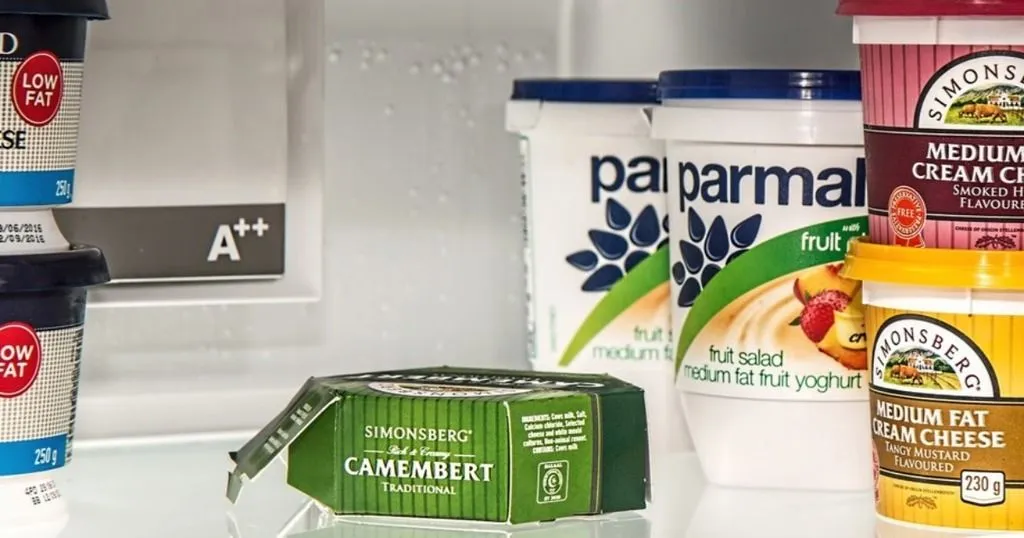Marketing and market research blogs
Learn all about gamification in marketing, facial expression analysis, and the difference between self-report, qualitative research, and unobtrusive observations.
Posted by
Published on
Tue 01 Nov. 2016

You have never met such a colorful team as the Noldus Consulting Team of Noldus Information Technology. They go to conferences where there are wheel of fortune games and water-pong challenges in vendor booths, harbor cruise dinners and cocktail parties with all conference attendees, and fantastic conference swag to bring home. Marketing really is a different world!

It’s not all fun and games - they also have time to write brilliant blog posts about consumer behavior which are published on the Noldus Consulting website. Consumer behavior, and how consumers make choices, is of particular interest to our team; we’d like to share some popular posts on these topics here with you.
Learn all about gamification in marketing, facial expression analysis, and the difference between self-report, qualitative research, and unobtrusive observations.
Quantifying Ethnography: qualitative vs quantitative
We believe that combining objective quantitative analysis of observations with the insights gained by participant observation comes closest to taking a peek inside a persons’ mind and heart. If you want to truly learn how your target group behaves in your area of interest, and not just take their word for it, quantification of the ethnographic approach may well be the method for your objective.
Declared vs revealed data
Abbe tells us that being able to accurately measure consumer emotion provides insights that would be hidden if researchers were to only use self-report. In one example, we were tasked by a shaving company to examine emotional reactions while using premium and non-premium razors – how are consumers reacting to these razors during product use? Is this even a valid way to assess “likeability” of a razor?
By assessing facial emotions as women shaved their legs, we obtained deeper insights than via self-report alone. One respondent self-reported similar feelings of “liking” for each razor type in the post-usage assessment, but during use she actually cut herself with the premium razor and expressed negative emotions on her face that she did not verbalize - the depth of her negative emotions during usage could not have been assessed from self-report alone.
Beyond the Taste: The Bean Boozled Challenge
Jason shows us how valuable automated facial expression analysis can be in marketing. Did you know that scientists can determine your food preferences within three seconds? Jason refers to researchers from the Wageningen University and Research center who showed that “liking” a flavor takes place very quickly.
To illustrate this rule and the value of facial expression analysis in marketing, he analyzed Bean Boozled challenges with FaceReader (the tool which analyzes micro expressions in the face).
The Bean Boozled Challenge shows how brands can grow by engaging consumers to play games, even if that brand creates flavors that are literally disgusting. Whether intentional or not, the Jelly Belly Candy Company exemplifies the principles of gamification and the Peak End Rule with one box of brilliant beans.
Related Posts

Top 5 Consumer behavior research on the Behavioral Research Blog

Declared vs revealed data

